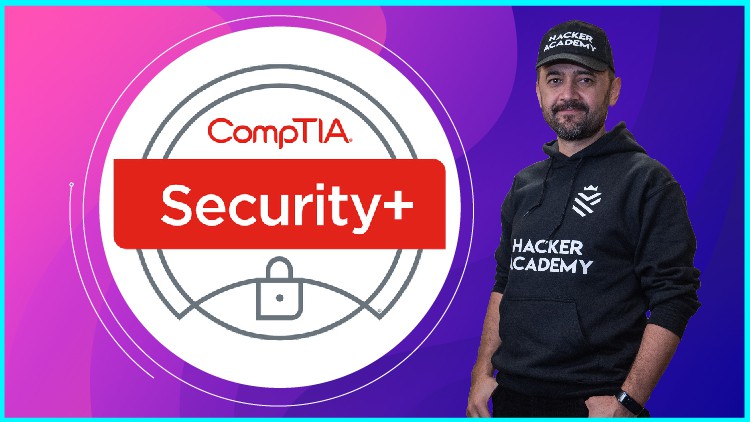در حال حاضر محصولی در سبد خرید شما وجود ندارد.

Comptia Security Plus | Prepare for Comptia Security+ Certification with me& pursue a cybersecurity or IT security roles
در این روش نیاز به افزودن محصول به سبد خرید و تکمیل اطلاعات نیست و شما پس از وارد کردن ایمیل خود و طی کردن مراحل پرداخت لینک های دریافت محصولات را در ایمیل خود دریافت خواهید کرد.


Vuex | Vuex with Vue Js Projects to Build Web Application UI

Fortinet Fortigate Firewall Essentials Course with Exercises

CCNA Network Security and Network Programmability Essentials

CompTIA Cloud- CompTIA Cloud Essentials+ CLO-002 Prep Course

Burp Suite in Bug Bounty for Web Application Pentesting

Ethical Hacking: Network Security & Network Layer Attack

CompTIA Cloud Essentials CLO-002 Certification Exam Prep Lab

Python | Python Programming Language Course Without Coding

Generative AI for Data Analysis and Engineering with ChatGPT

Server Administration Essentials for CompTIA Server+ Prep
✨ تا ۷۰% تخفیف با شارژ کیف پول 🎁
مشاهده پلن ها